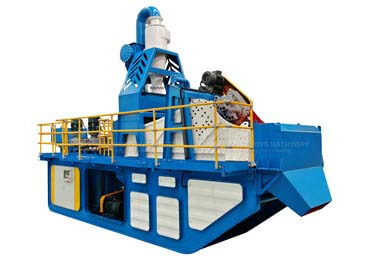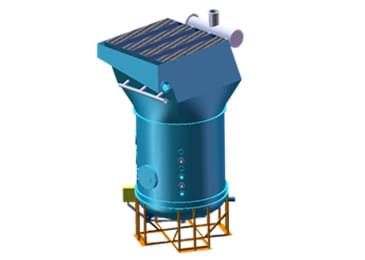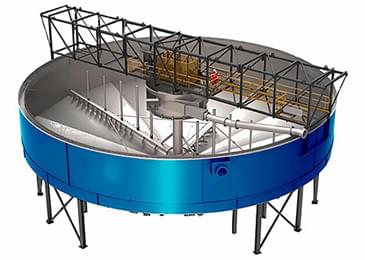Several schemes for environmental dredging of river channels
2022-04-01
With the rapid development of society and economy, the problem of water pollution is becoming more and more serious, and the natural attributes of the river itself, river siltation have become an urgent problem to be solved. Environmental dredging refers to a comprehensive technical measure in the whole process of dredging, transportation, sludge treatment, and sludge recycling, so that the dredging project can be safely and systematically implemented within a controllable range, and is not compatible with the surrounding environment and the original environment. cause secondary pollution.
Environmental dredging methods are as follows
1. Integrated dredging method
Hydraulic scouring makes the pollutants in the silt diffuse, so it should be avoided as much as possible, or it should be used when the river silt pollution is light. The dredger dredging in mechanical dredging should be used in rivers with low silt pollution load according to the actual situation, to avoid the occurrence of failure to remove the pollution in the silt but to spread the pollution instead. Artificial scouring and silting should also fully consider the current situation of the river structure and the conditions of sludge discharge.
2. Direct suction dredging
Direct suction dredging belongs to mechanical dredging. This new type of equipment can also remove the seriously polluted sludge in the sludge and can be used in conjunction with the sludge dewatering equipment, and the machinery is flexible and changeable and can be made into the form of a water suction ship and an underwater dredging robot. Not limited by factors such as river width, water level, and structures crossing the river, it is a mechanical dredging method suitable for urban river dredging.
3. Mud and water separation equipment (fine sand recovery machine)
Before transporting the cleared sludge, the process of sludge dehydration and drying can reduce the water content of the sludge to about 20% of the original sludge and the sludge water will also become mud. In this way, the transportation burden can be reduced, the adverse impact on the environment of the transportation route can be reduced, and the occurrence of secondary pollution can be avoided. The excess water generated in the process of dredging should be repaired by different methods and then discharged into the river channel. The silt should be harmless and resourceful.
For example, the dehydration of some ceramic raw materials uses a vacuum filter, which consumes electricity and needs to replace the filter cloth frequently, which is particularly inconvenient to use. The fine sand recovery machine can replace the filter to dewater the material to meet the requirements of dry stacking and transportation. The fine sand recycling machine occupies a small area, consumes little power, and is easy to operate and use.








